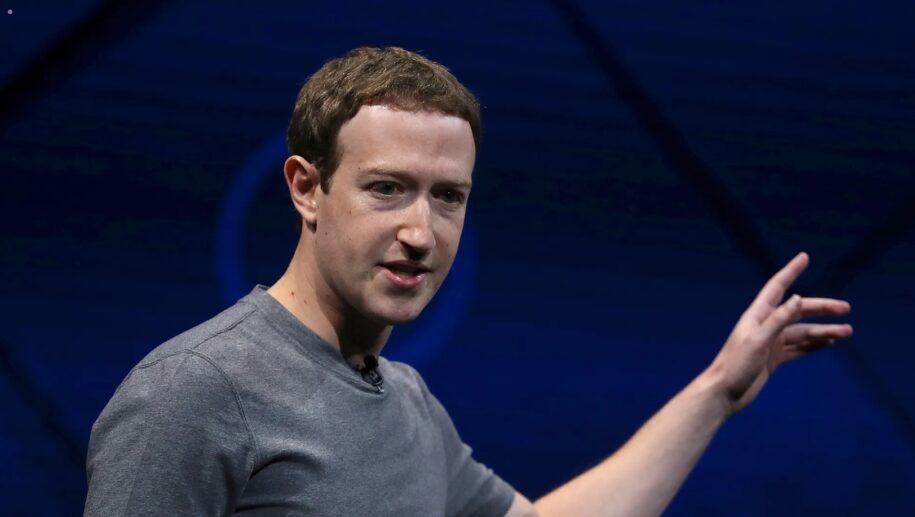When Instagram first hit the app store in 2010, it looked like just another photo-sharing app. But as we all know, Instagram didn’t remain “just another app” for long. In a remarkably short span, it became one of the most influential social media platforms globally, transforming the way we share moments, connect with others, and market products. Today, it’s hard to imagine a world without Instagram’s powerful influence on digital marketing, social media, and pop culture. How did this simple app become a global phenomenon?
The Early Days of Instagram
How It All Began
Instagram was born out of the vision of Kevin Systrom and Mike Krieger, two Stanford graduates who saw potential in a social network based on visual storytelling. Launched in October 2010, Instagram gained traction quickly with its straightforward interface, allowing users to snap photos, apply filters, and share them instantly. The founders were onto something big; they noticed that people loved visual content and wanted an easy way to share beautiful moments.
Initial Growth and User Adoption
Within two months, Instagram reached one million users, a feat that hinted at its viral potential. It wasn’t just the ease of use that attracted people; it was also the platform’s focus on quality visuals, thanks to its iconic filters and editing tools. Unlike Facebook and Twitter, which were text-heavy, Instagram put visual storytelling at the center, tapping into a more immersive social experience.

The Features That Set Instagram Apart
H3: Focus on Visual Content
Instagram’s laser focus on photos and videos was unique at the time, distinguishing it from other platforms. By centering its design on images rather than text, Instagram created a visually driven community where aesthetics mattered. This gave users the chance to express themselves artistically, making their profiles an extension of their personal brand.
Filters and Editing Tools
One of Instagram’s killer features was its filters, which allowed users to give their photos a polished, professional look with just a few taps. For non-professional photographers, this was a game-changer. It also encouraged users to experiment with their photos, making the platform fun and engaging right from the start.
Instagram’s Role in Digital Marketing
Social Media Marketing Revolution
As Instagram’s popularity surged, brands took notice. The platform quickly became a goldmine for social media marketing, offering brands an avenue to showcase products visually, engage with customers, and build loyalty. For businesses, Instagram was a way to connect directly with consumers in a space where people were already actively engaging with content.
The Rise of Influencer Marketing
Instagram also played a significant role in the birth of influencer marketing. Influencers, with their ability to connect with followers on a personal level, became a new type of brand ambassador. Companies found that collaborating with influencers led to higher engagement rates and greater brand trust. In no time, influencer marketing became a multi-billion-dollar industry, with Instagram at the center of it.
Facebook’s Acquisition and Its Impact
In 2012, Facebook acquired Instagram for a whopping $1 billion, a move that surprised many at the time. This acquisition enabled Instagram to scale faster, giving it the resources to enhance its features and improve user experience. Under Facebook’s wing, Instagram launched new features like Stories and Reels, helping it keep pace with competitors and adapt to the changing landscape of social media.

Global Expansion and Cultural Influence
How Instagram Conquered International Markets
Instagram’s global reach is no accident. The app focused on localization efforts, creating country-specific strategies to appeal to international audiences. From celebrity endorsements to cultural adaptations, Instagram has successfully built a loyal global following, making it one of the most popular apps worldwide.
Instagram’s Role in Shaping Pop Culture
Today, Instagram is a key player in shaping global trends in fashion, travel, and lifestyle. Influencers and celebrities use the platform to share their personal style, and brands collaborate with them to drive trends and set new cultural benchmarks. Instagram has evolved into a stage where trends are born, and movements gain momentum.
Keeping Up with Competitors
Stories, Reels, and the Battle for Engagement
To stay relevant, Instagram has consistently adapted to changing user preferences and competition. The introduction of Stories was a direct response to Snapchat’s popularity, while Reels emerged as a counter to TikTok’s short-form video dominance. These features have been crucial in keeping Instagram fresh and engaging, maintaining its foothold in a competitive social media landscape.
The Future of Instagram
As social media continues to evolve, Instagram is likely to keep innovating. With growing interest in AI, augmented reality, and virtual reality, we may see Instagram embrace even more immersive and interactive features. Whatever the future holds, Instagram’s influence on social media and digital marketing is bound to endure.
Conclusion
Instagram’s journey from a humble photo-sharing app to a global social media giant is a story of innovation, adaptation, and cultural influence. By prioritizing visual content, embracing new marketing strategies, and adapting to user needs, Instagram has cemented its place in our digital lives. As it continues to evolve, Instagram’s role in shaping trends and connecting people will only grow stronger.
FAQs
1. When was Instagram founded?
Instagram was founded in October 2010 by Kevin Systrom and Mike Krieger.
2. Why is Instagram important for digital marketing?
Instagram allows brands to connect visually with their audience, making it an effective platform for product showcases, brand building, and influencer partnerships.
3. How did Facebook’s acquisition affect Instagram?
Facebook’s acquisition provided Instagram with resources to expand rapidly, adding new features like Stories and Reels to stay competitive.
4. What are Instagram Stories and Reels?
Stories are short, 24-hour photo or video posts, while Reels are short-form videos that let users create and discover engaging content.
5. What’s next for Instagram?
Instagram is expected to explore more immersive experiences, such as AI and AR features, to keep up with evolving social media trends.


Leave a Reply